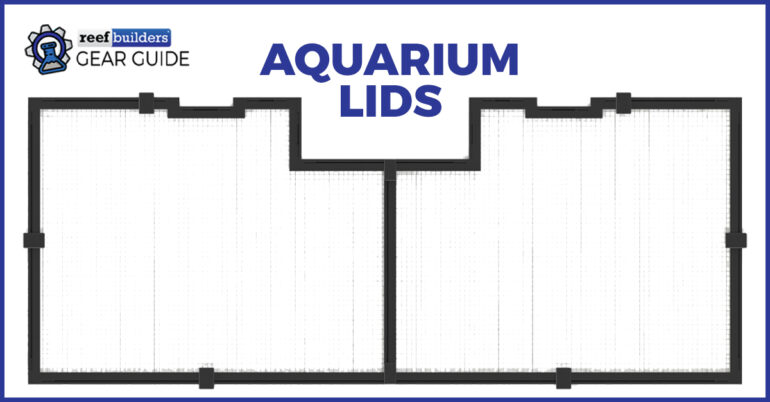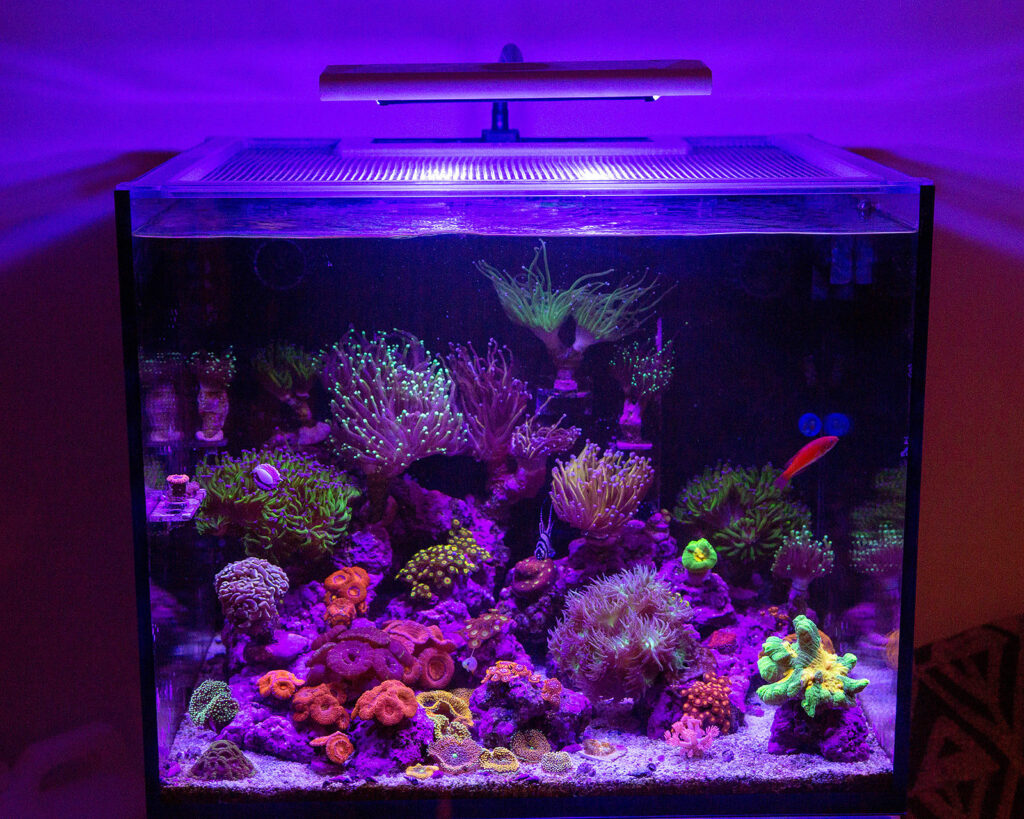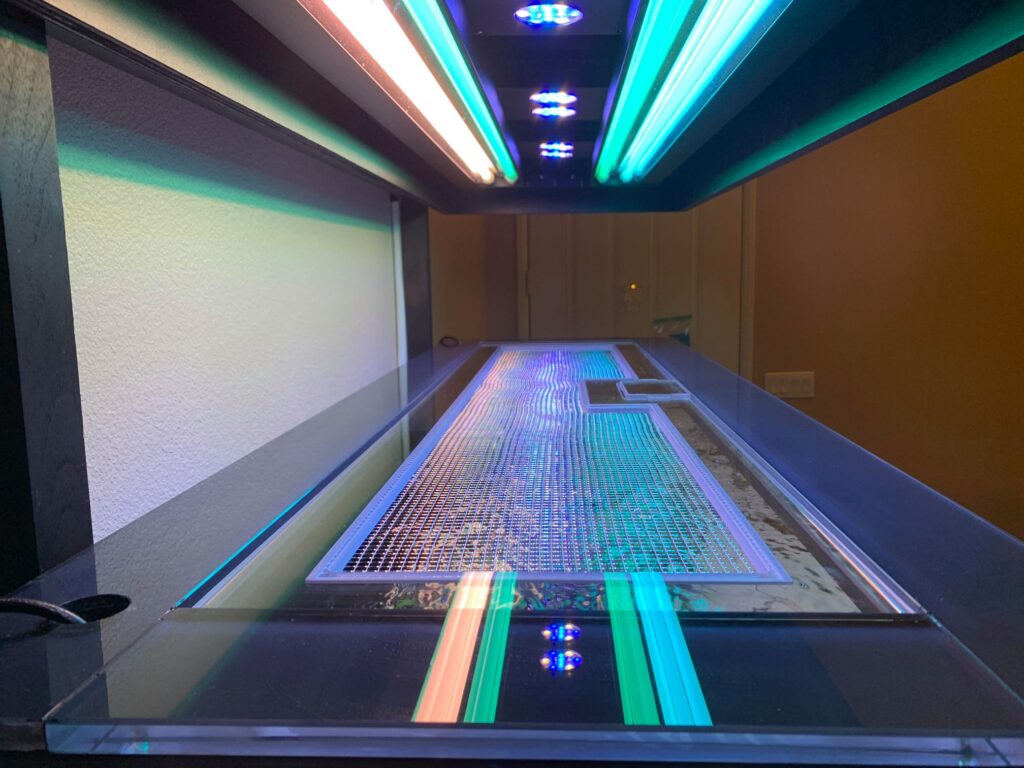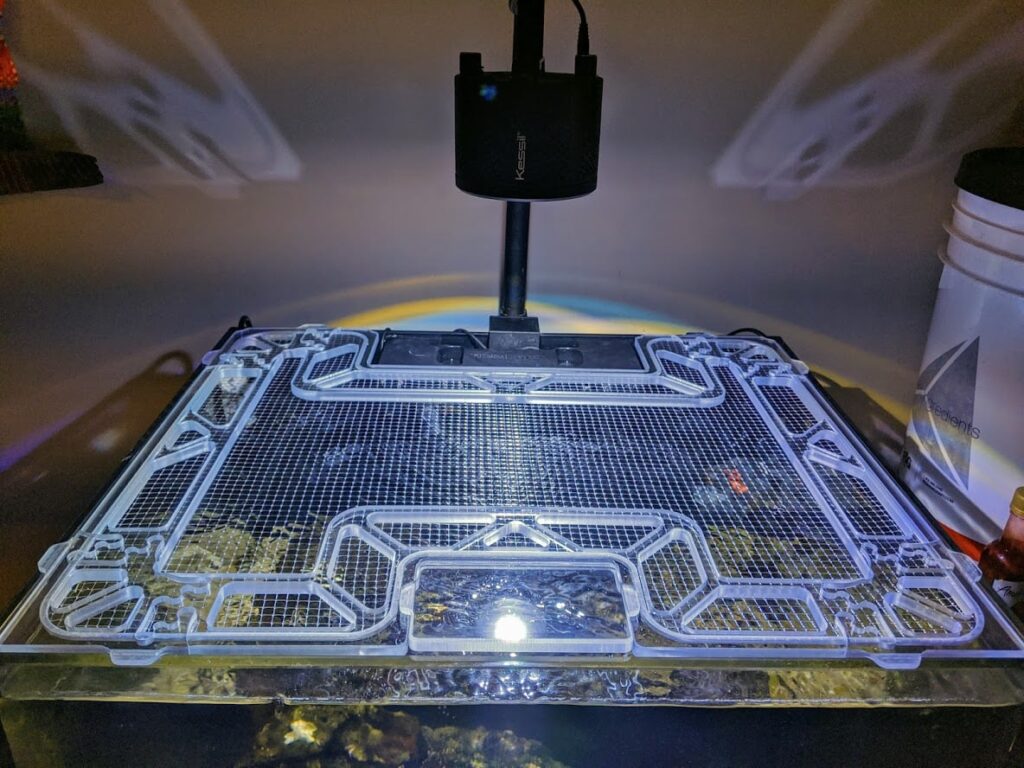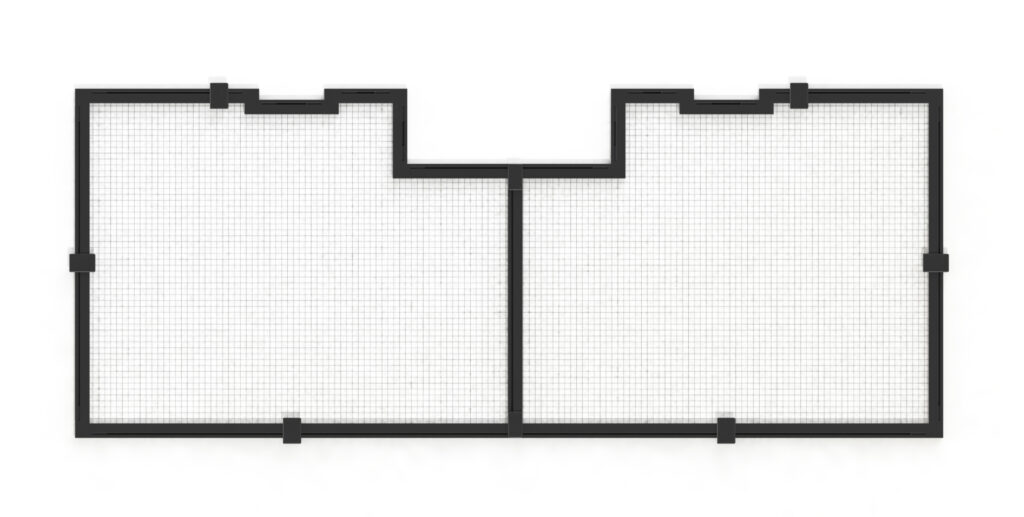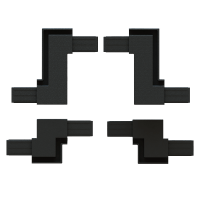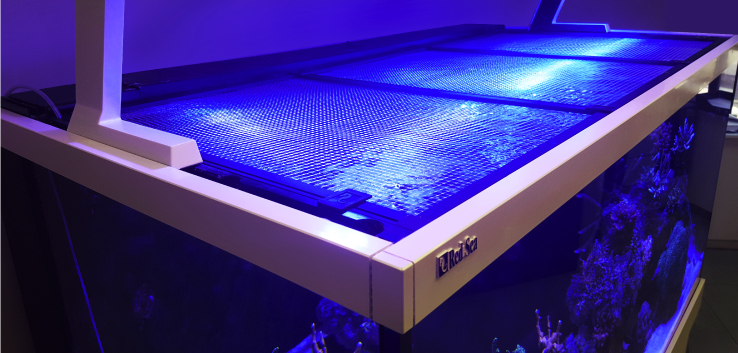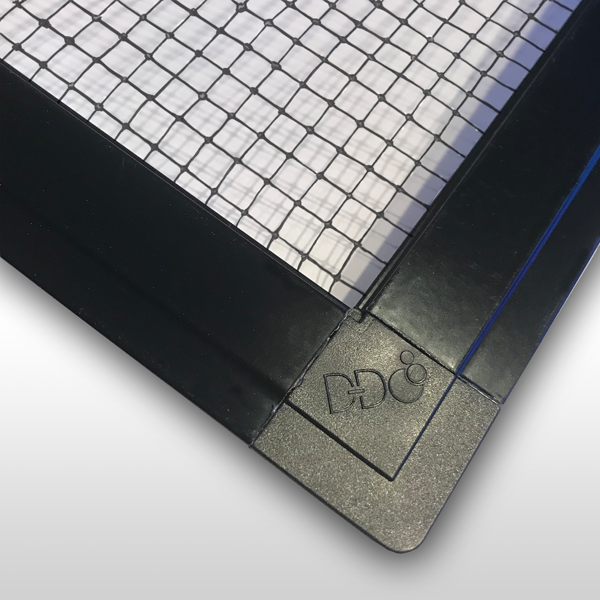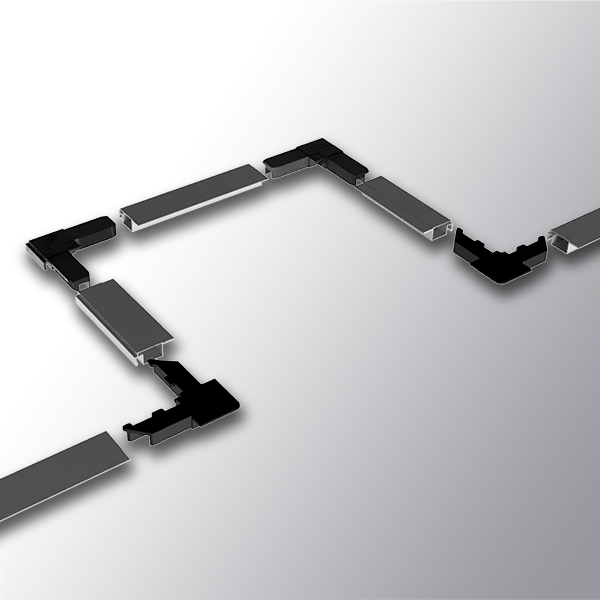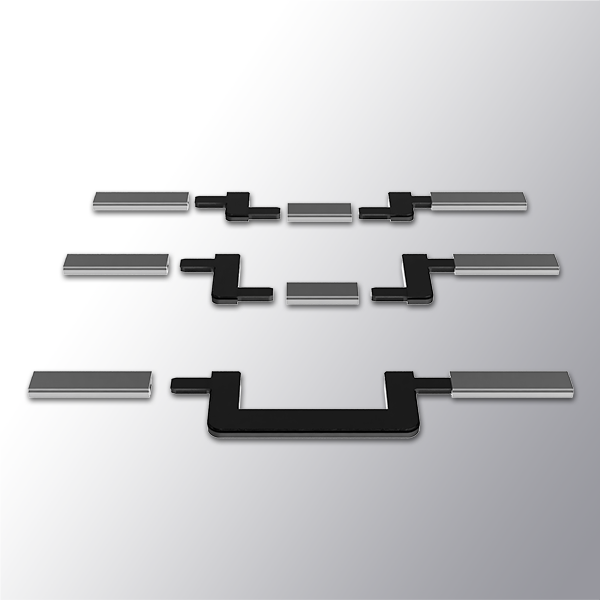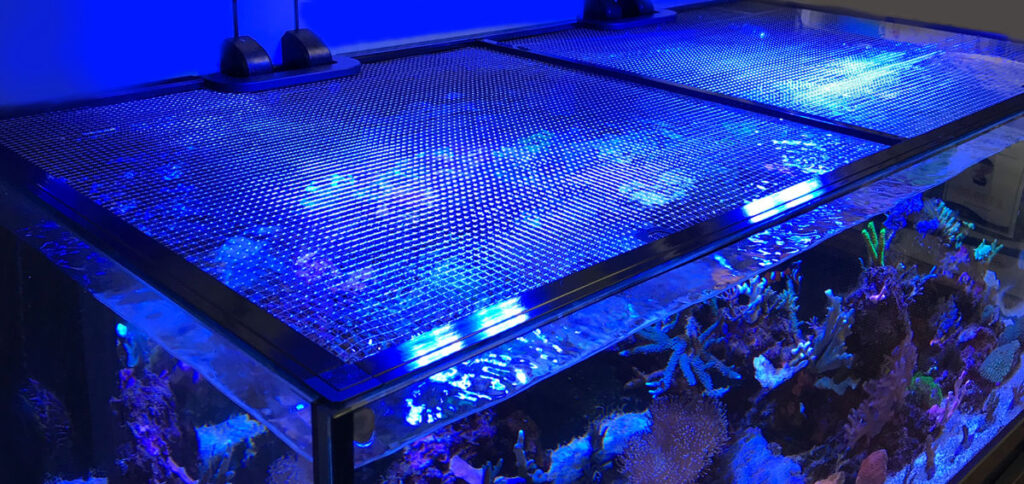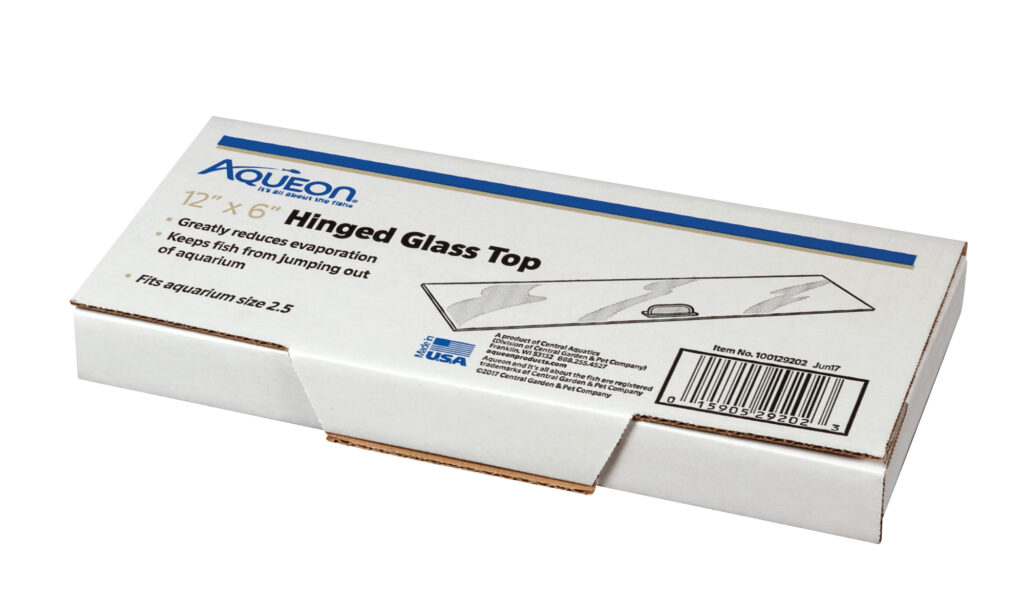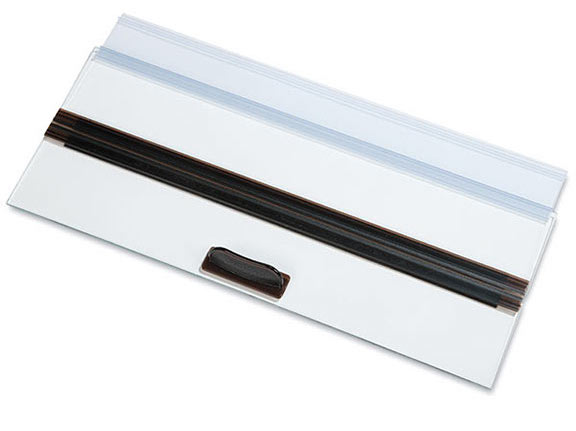Aquarium lids are one of the most important and overlooked aquarium accessories. A snug-fitting lid will keep your fish in the tank where they belong and cut down on saltwater splashing from your tank.
But not all lids are created equal.
Acrylic lids are the go-to choice for the modern reef aquarium hobbiests replacing older style glass lids. Acrylic lids are lightweight, durable, breathable, and can be customized to fit any tank. Check with your tank manufacturer to see if they can recommend the best fitting acrylic lid for your tank.
Another popular choice to cover up your saltwater aquariums is DIY lid kits. These affordable kits come with sturdy aluminum frames and breathable mesh net tops. Pro kits or kit add-ons include customizable components allow the screen to accommodate rim-mounted equipment like lighting arms, and overflow boxes.
The differences in fit and fabrication material play a role in aquarium chemistry. Vented, and mesh lids allow more gas exchange at the surface. And glass lids for better or worse cutting down on freshwater evaporation.
Smaller nano all-in-one tanks are often sold with pre-installed canopy style lid. But for this breakdown, we are just going to focus on the three main types (Acrylic, DIY, and Glass) you can install on your own saltwater aquarium.
Before we jump right into the products let’s look at a few pro’s and con’s of aquarium lids.
Pros:
- Having a cover glass in place reduces evaporation, reducing the size and frequency of freshwater top-offs
- Fish prone to jumping out of a tank are kept in the aquarium
- Acrylic, mesh or screening material lids allow for more gas exchange
- Lights are better protected from splashes and corrosive salt spray.
- Salt creep doesn’t advance as far with a cover glass in place, though it will still build up on the cover itself.
Cons:
- A tight-fitting glass cover can reduce vital gas exchange at the water surface (think of the interface between the water surface and the air above it as the system’s “lungs”). Having an open sump and providing vigorous protein skimming can help compensate for this.
- Lime deposits and salt creep on a glass/acrylic cover reduce light penetration, which is detrimental to photosynthetic invertebrates. So, regular cleaning of the cover glass is essential to prevent this buildup.
- A tight-fitting cover tends to trap heat, which can lead to unacceptably high water temperatures, especially in warmer seasons.
- Evaporation decreases. Yep, this can be a con as well as a pro because it also means there’s less evaporative cooling going on, further contributing to heat buildup.
- A slow rate of evaporation can also be a con for reefkeepers who drip kalkwasser to supplement calcium and alkalinity since saturated kalkwasser is typically used for freshwater top-offs.
As you can see most of the con’s arise from having a snug-fitting glass lid, which can be solved by switching to a breathable DIY mesh, or custom acrylic lid. While glass lids have their purpose, for example keeping in an escape artist octopus, acrylic, and mesh lids are the modern option, plus no need to worry about broken glass in shipping!
Acrylic Lids
- The Pisces EXO Exoskeleton
ClearView Aquarium Lids lead the way in acrylic aquarium covers, and the Pisces EXO is in a league of its own. ClearView frames use an interlock configuration to create a vented aquarium lid. The vented frame all but eliminates condensation collecting on the bottom of the frame and contributes to better air/gas exchange.
DIY Net Mesh Covers
- Red Sea DIY Net Cover
Red Sea Do It Yourself net covers are sleek, sturdy, and highly customizable. Frames are made of extra strong aluminum and customizable components allow the screen to accommodate rim-mounted equipment such as lighting arms, auto-feeders and overflow boxes, creating a perfect fit for virtually any open-top aquarium. The DIY Net Mesh comes in 8mm (5/16?) thin strand, transparent netting.
- D-D Jumpguard PRO DIY
D-D Jumpguard PRO covers are lightweight with low visual impact. The screens are easy to construct and suitable for most aquarium types. The covers are specifically designed to prevent fish loss due to jumping whilst maintaining high light penetration.
The Jumpguard Pro includes cutout and brace bar parts in a bird mesh, black material.
- BONUS ITEM – 3D Printed NEAT Feeder
Add even more customization to your DIY lid with the Neat Feeder door. The screen top feeding portal from Neat Aquatics is a 3D printed device to help with feeding your aquarium fish through a screen top.
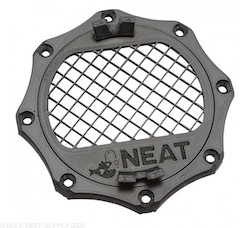
Glass Lids
- Aqueon Hinged Glass Tops
Aqueon offers a quick and easy fix with their standard hinged glass tops. The glass lid helps keep evaporation to a minimum and comes with a full-length door gives access to the aquarium for feeding, cleaning and other maintenance tasks.


